A Legacy Written in Stone
Since 1889 the Barre Granite Association in Barre, Vermont has Brought Clarity and Change to the Vermont Stone Industry
Peter J. Marcucci
Special Contributor
Photos Courtesy Barre Granite Association
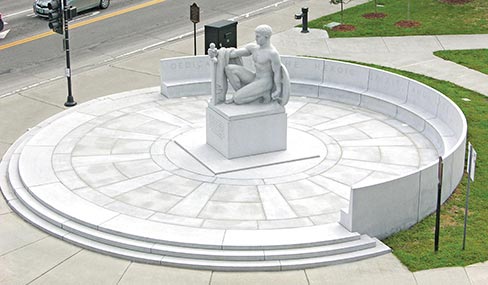 It was the year 1881 and many significant changes were unfolding in America. A country whose very fabric had been torn by civil war just 16 years prior, once again stood united and fully primed to burst at the seams tightly stitched by a network of railroads.
It was the year 1881 and many significant changes were unfolding in America. A country whose very fabric had been torn by civil war just 16 years prior, once again stood united and fully primed to burst at the seams tightly stitched by a network of railroads.
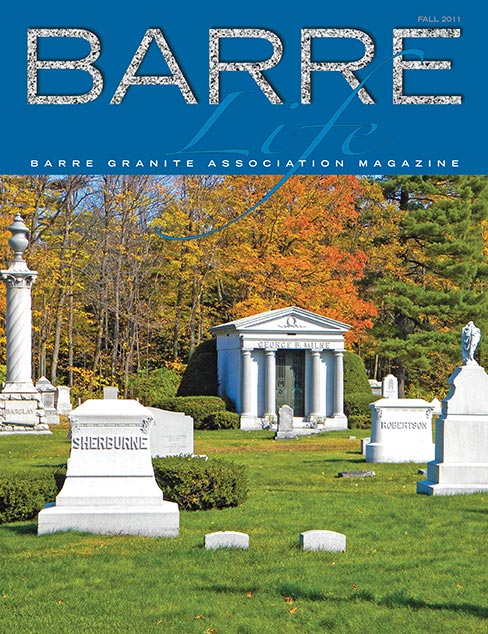 It was the year that Americans stood in shock of news that newly elected President James Garfield had been assassinated, and a year they stood proud that tax-paying women in Vermont gained the right to vote in town elections and hold an office in local school districts. Eventually other states were to follow, and America as well as Vermont were moving ahead, albeit two steps forward and one step back.
It was the year that Americans stood in shock of news that newly elected President James Garfield had been assassinated, and a year they stood proud that tax-paying women in Vermont gained the right to vote in town elections and hold an office in local school districts. Eventually other states were to follow, and America as well as Vermont were moving ahead, albeit two steps forward and one step back.
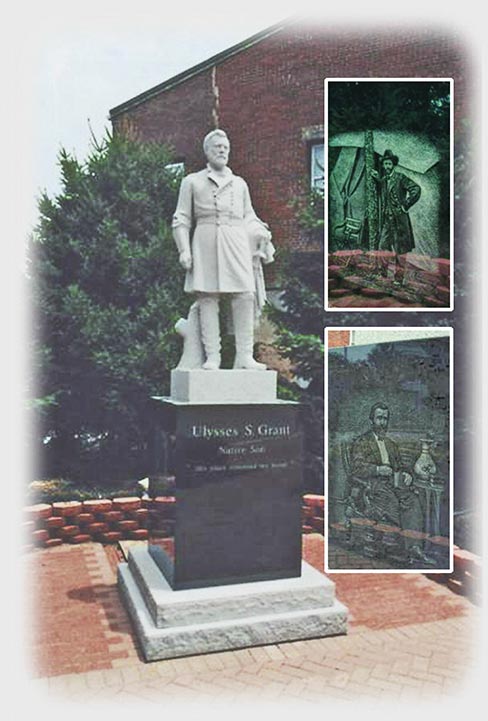 Vermont had also taken one large step forward with the discovery of a super-hard gray granite that lay within a mountain in Barre, Vermont, and by 1883 that hard mountain had now become the engine and driving force destined to set the stage for long-term growth throughout the area.
Vermont had also taken one large step forward with the discovery of a super-hard gray granite that lay within a mountain in Barre, Vermont, and by 1883 that hard mountain had now become the engine and driving force destined to set the stage for long-term growth throughout the area.
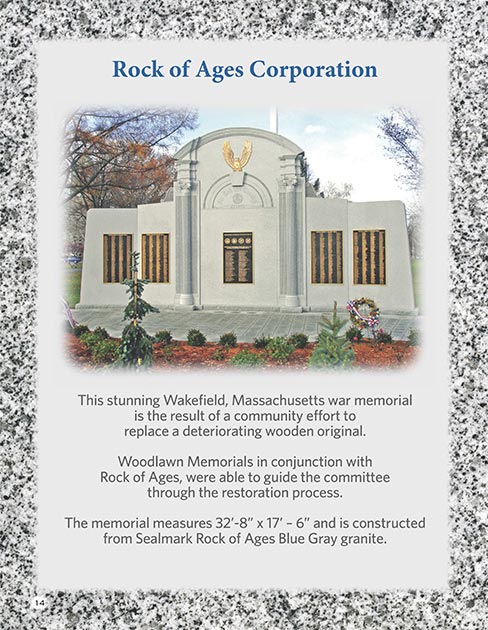 Craftsmen and artisans were emigrating in droves from Italy, Spain, Greece and Canada as well as Scotland, Scandinavia and Lebanon to be part of it, and eventually Barre’s small population of 2,000 would increase to a robust 7,000 within 6 years.
Craftsmen and artisans were emigrating in droves from Italy, Spain, Greece and Canada as well as Scotland, Scandinavia and Lebanon to be part of it, and eventually Barre’s small population of 2,000 would increase to a robust 7,000 within 6 years.
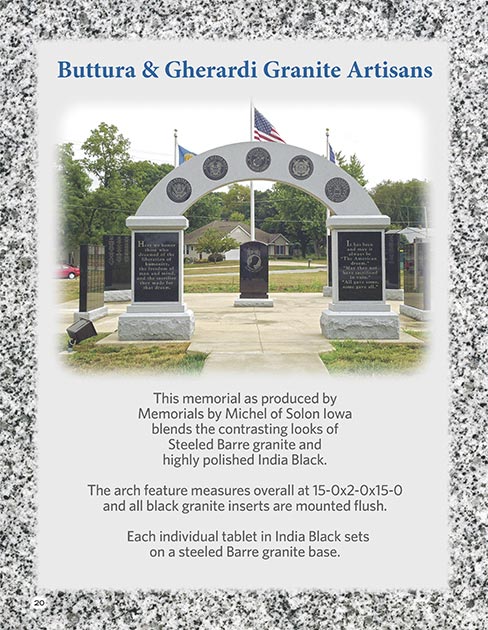 It’s now 1885. Quarrying and manufacturing were booming, and the businessmen and craftsmen and town were thriving, and even though most workers were happy, a labor union had been formed, but something was missing, and so began the Barre Granite Association (BGA), a mediation group born to bring continuity to quarries, manufacturers and laborers so that all may thrive long-term.
It’s now 1885. Quarrying and manufacturing were booming, and the businessmen and craftsmen and town were thriving, and even though most workers were happy, a labor union had been formed, but something was missing, and so began the Barre Granite Association (BGA), a mediation group born to bring continuity to quarries, manufacturers and laborers so that all may thrive long-term.
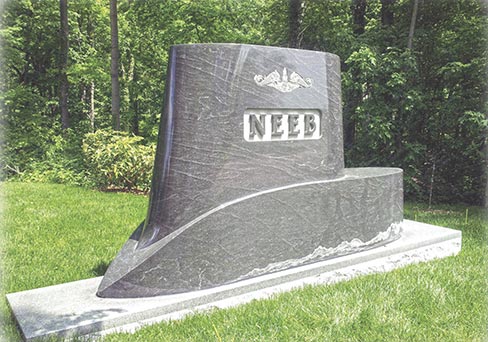 Now fast forward to 2013. Every morning when BGA Executive Director Ed Larson steps into his office located on Church Street in downtown Barre, he does so focused on ideas that encompass not only collective bargaining, but marketing for the BGA’s many manufacturers it represents to the world as well as national markets.
Now fast forward to 2013. Every morning when BGA Executive Director Ed Larson steps into his office located on Church Street in downtown Barre, he does so focused on ideas that encompass not only collective bargaining, but marketing for the BGA’s many manufacturers it represents to the world as well as national markets.
“The Barre Granite Association is a nonprofit trade association that was formed in 1889 and brought both employees and companies together,” explained Director Larson. “That was four years after the Barre Granite Cutters Association was created, which is what formed the union at that time. The employers needed to find a way to combine their efforts so that unions wouldn’t take advantage of one manufacturer over another.
“Today the BGA is where the negotiations take place, and my role is to coordinate those efforts and come up with contracts that are negotiated between union employees and employers. We’ve done that pretty much since 1889, and we continue to do that today. We are not an employer, and we do not manufacture; we only provide a service to the manufacturers that join us.”
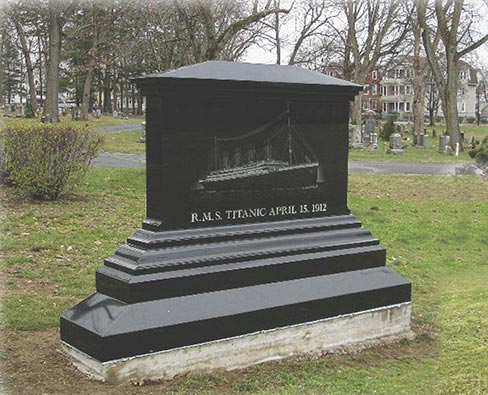 The BGA operates with a Board of Directors that hold annual meetings between themselves as well as with its members to discuss programs that save companies’ money on such things as operating insurance, health care costs and workers’ compensation insurance, and much like a Chamber of Commerce, the BGA also addresses legislative issues with Larson who, many times per year, wears the hat of a lobbyist to defend the industry’s future and to gain competitive advantages.
The BGA operates with a Board of Directors that hold annual meetings between themselves as well as with its members to discuss programs that save companies’ money on such things as operating insurance, health care costs and workers’ compensation insurance, and much like a Chamber of Commerce, the BGA also addresses legislative issues with Larson who, many times per year, wears the hat of a lobbyist to defend the industry’s future and to gain competitive advantages.
“In the early 1980s there were approximately 70 stone manufacturers in the Barre, Vermont area, but now, due to economic pressures as well as stiff competition from imports and domestic production, total membership is down to 30 manufacturers,” Larson explained.
“The Barre Gray quarry alone used to have 40-50 businesses up there, but now there is only one: the Rock of Ages Corporation which also owns the Woodbury Gray quarry in Woodbury, Vermont, and the Bethel White quarry in Bethel, Vermont.
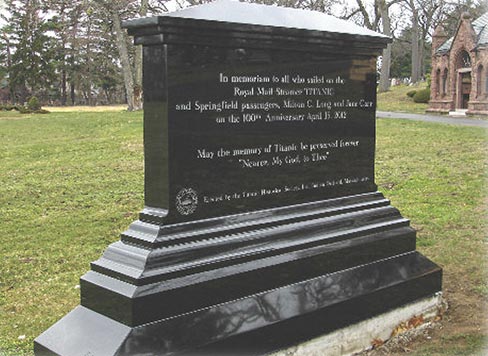 “Those quarries are the only three active [granite] quarries within Vermont.”
“Those quarries are the only three active [granite] quarries within Vermont.”
He went on to explain that the BGA family consists of over 650 union employees but is down considerably from over 1,000 just 10 years ago, and that, even though they are regaining some of those lost jobs, will probably never be like it was in years past.
“Computer automated technology has really made a difference for us in production, but, unfortunately, doesn’t always replace the jobs that have been lost. New technology has, however, made us more competitive, and we still continue to produce as much stone as we have in the past.
“Our biggest value-added products, of course, are the monuments and memorials, but there have been a lot of challenges to keep that business sector growing. Fortunately, we still have a fairly good market share of that business even though imports from China, India and Brazil have been fierce competitors due to the introduction of NAFTA and World Trade Agreements.
“That pressure has waned a little due to the fact that the standard of living in China has increased, and, therefore, their labor wages have increased. Energy costs have also increased and have affected us, but affected them probably more. A weaker dollar has also helped us compete in the current situation.”
Larson continued to articulate positively that the biggest advantage and biggest selling point for the BGA’s many members’ customers and, ultimately, the consumer is the fact that Barre Gray stone holds up better than any stone on the planet.
“Barre Gray has the lowest moisture retention properties and the highest tensile properties, which means you just can’t damage the stuff! The other nice thing is we have a 5,000 year supply of it, and it’s all the same.
“We have an area in the quarry where it’s light colored, an area where it’s medium colored and an area where it’s dark colored, and we have a whole mountain of it!” Larson exclaimed. “The manufacturers we represent have some of the finest craftsmen on the planet, and when you combine some of the best stone in the world with some of the best sculptors and designers that you can find, you’re going to get a fine product that you won’t find anywhere else.”
Director Larson closed our conversation by stating that the Barre Granite Association also produces an annual magazine called Barre Life that is basically a picture show of the area’s best work.
“It’s the best way we’ve found to demonstrate what the trends have been, what we are doing, and to display our recent best work of memorials and mausoleums to the world. We are also working on a area tradeshow for this fall.”
Peter J. Marcucci has over 25 years of fabrication experience in the stone industry. Send any comments care of publisher@slipperyrockgazette.net.